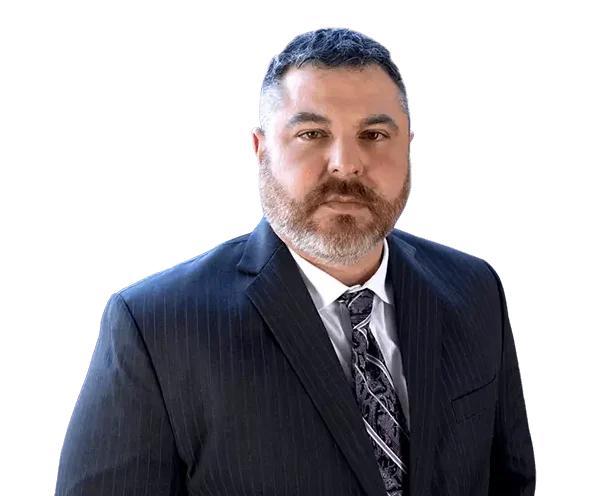
Posted on November 17, 2017 in DUI Arrest
When you see a law enforcement officer activate his red and blue emergency lights, do not panic. First and foremost, begin to find a safe place to pull over. Do not keep driving to get to your final destination because a law enforcement officers are looking for additional “signs” to say that you are impaired.
Once the law enforcement officer begins to speak with you, pay close attention to what he or she is asking. The officer is trying to “divide your attention.” Once the law enforcement officer has you out of your vehicle here are a few other things he or she will be looking for, be mindful of how you come off to the officer.
• Difficulty with motor vehicle controls
• Difficulty exiting the vehicle
• Fumbling with driver’s license or registration
• Repeating questions or comments
• Swaying, unsteady, or balance problems
• Leaning on the vehicle or other object
• Slurred speech
• Slow to respond to officer or officer must repeat questions
• Providing incorrect information or changes answers
• Odor of alcoholic beverage from the driver
Do not resist arrest, do not fight police. Instead, politely and unambiguously request to speak to an attorney in private. This way an attorney can guide you through the rest of the process and ensure that your rights are protected.
What are police taught about handling a DUI traffic stop?
Police go through significant training about the correct way to handle traffic stops. That doesn’t mean they always get things right. Accorind to PoliceOne, an online support site for police officers, police are supposed to follow these procedures:
Your first steps after a DUI arrest are your most important
If you are ultimately arrested, immediately call an aggressive and experienced driving under the influence lawyer. This way you can fight your case with representation on your side.